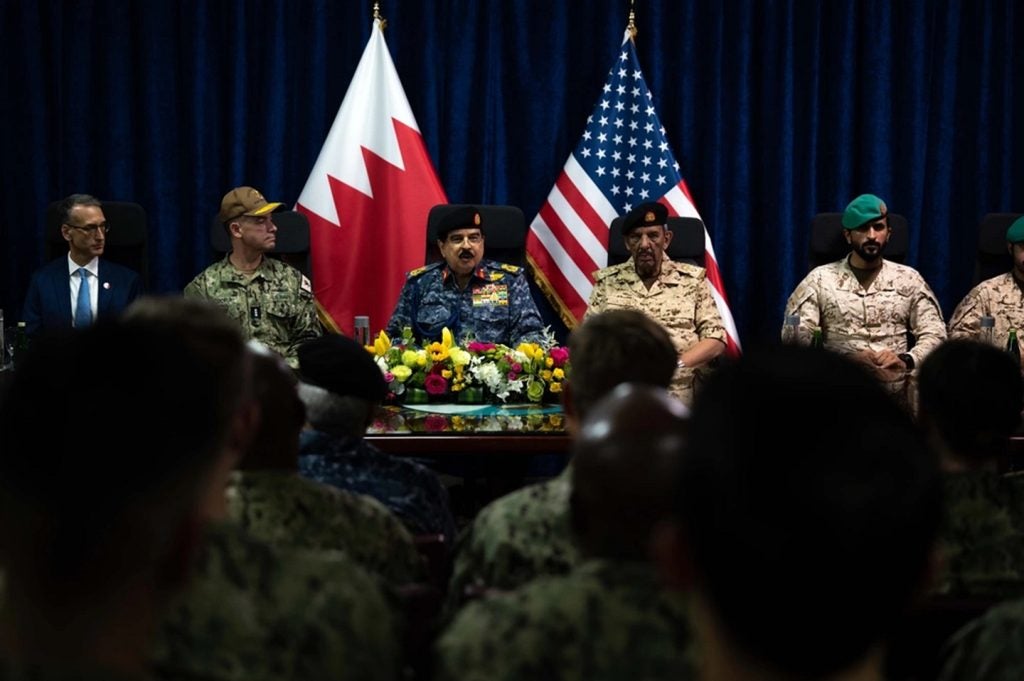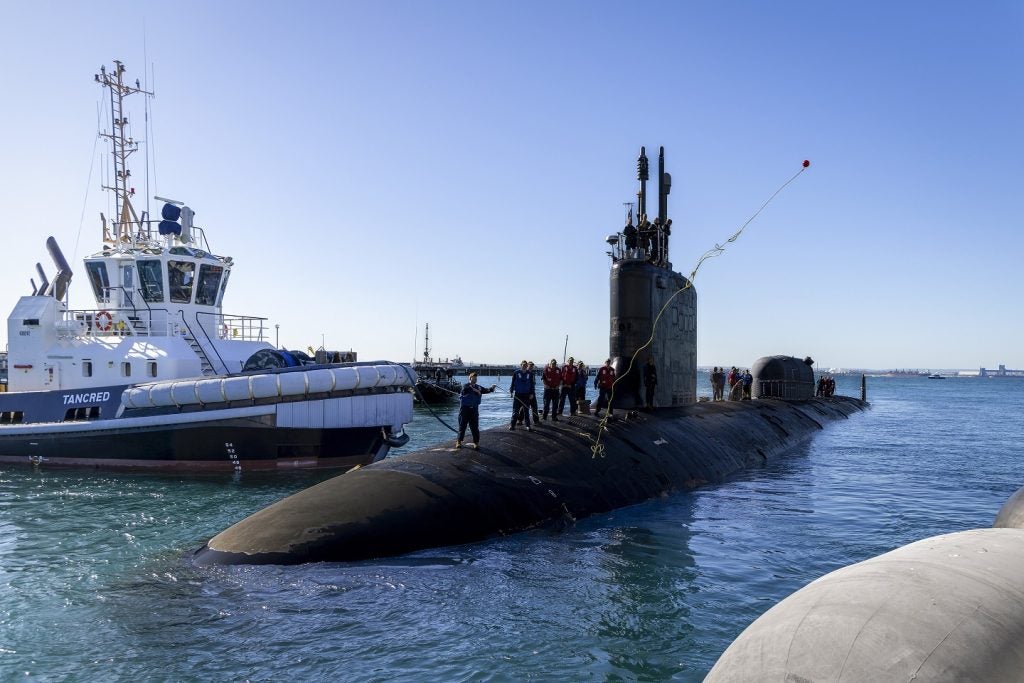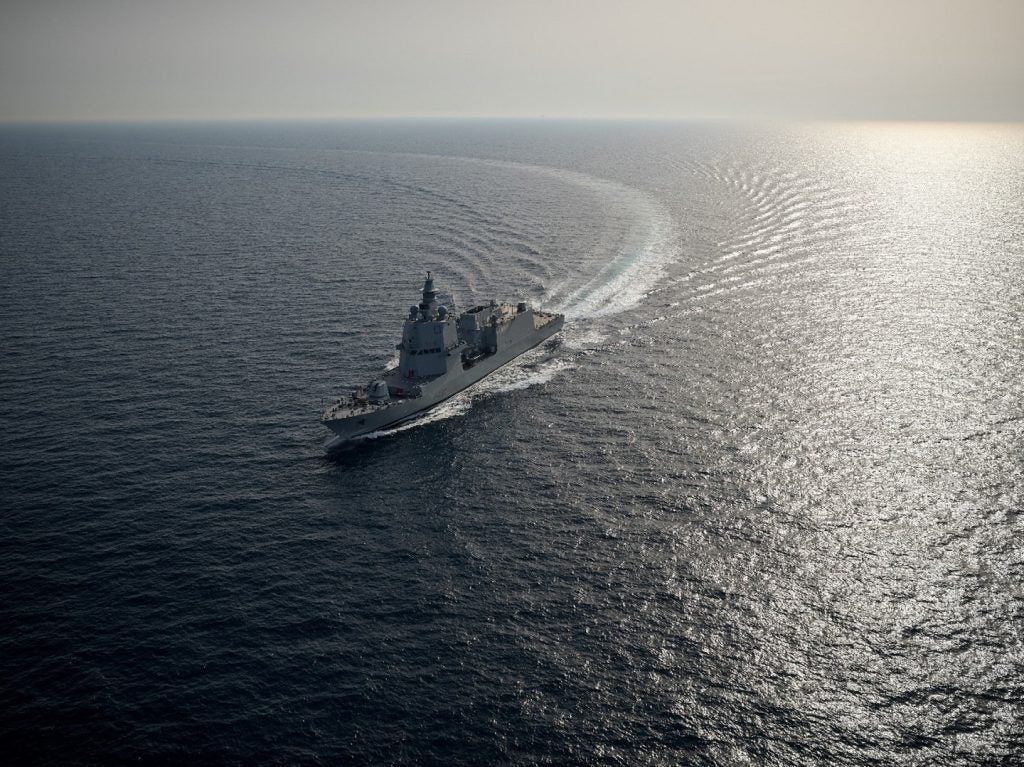US and UK naval forces have participated in coordinated strikes against key Libyan military installations as part of the coalition no-fly-zone plan to enforce UN Resolution 1973.
US Navy Arleigh Burke Class guided-missile destroyers USS Stout (DDG 55) and USS Barry (DDG 52), and submarines USS Providence (SSN 719), USS Scranton (SSN 756) and USS Florida (SSGN 728) have participated in the strike.
The USS Kearsarge (LHD 3) and USS Ponce (LPD 15) also took part in the strikes.
A UK Royal Navy Trafalgar Class submarine was also in action, launching Tomahawk land attack missiles against Libyan air defence systems.
How well do you really know your competitors?
Access the most comprehensive Company Profiles on the market, powered by GlobalData. Save hours of research. Gain competitive edge.

Thank you!
Your download email will arrive shortly
Not ready to buy yet? Download a free sample
We are confident about the unique quality of our Company Profiles. However, we want you to make the most beneficial decision for your business, so we offer a free sample that you can download by submitting the below form
By GlobalDataAbout 110 Tomahawk cruise missiles were used to strike against Libyan air defences, surface-to-air missile sites and communication nodes.
See Also:
HMS Westminster and HMS Cumberland are positioned off the coast of Libya to support operations when required.
The French Navy flagship, the Charles de Gaulle aircraft carrier with 20 warplanes, is also heading to Libya to bolster the West’s air campaign against Muammar Gaddafi’s forces and protect Libyan civilians.







